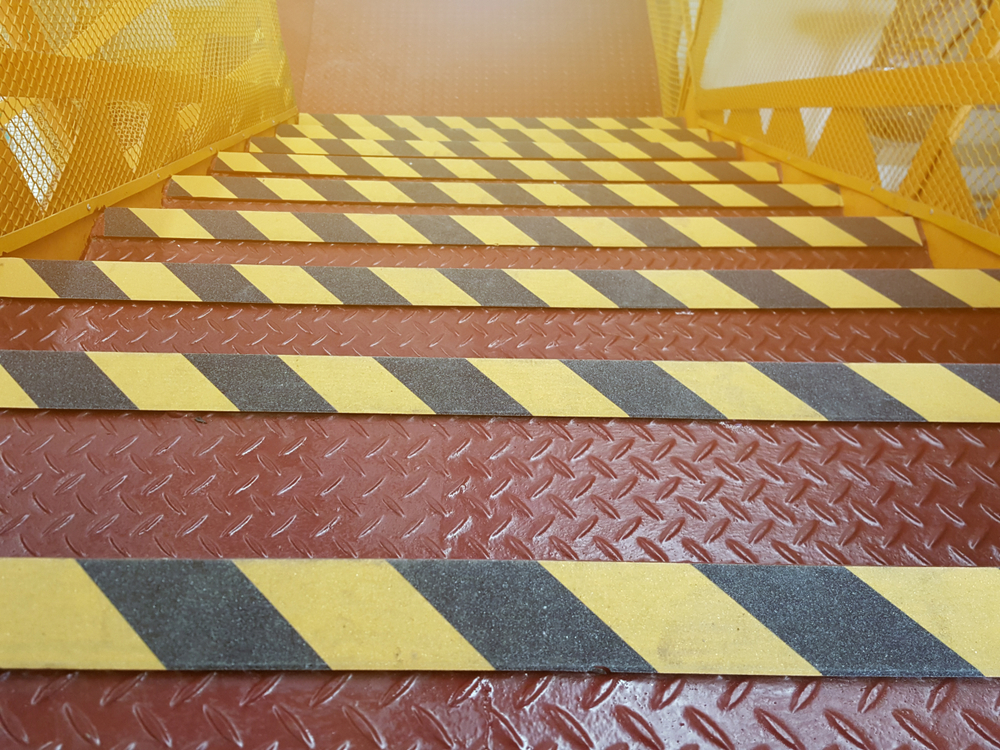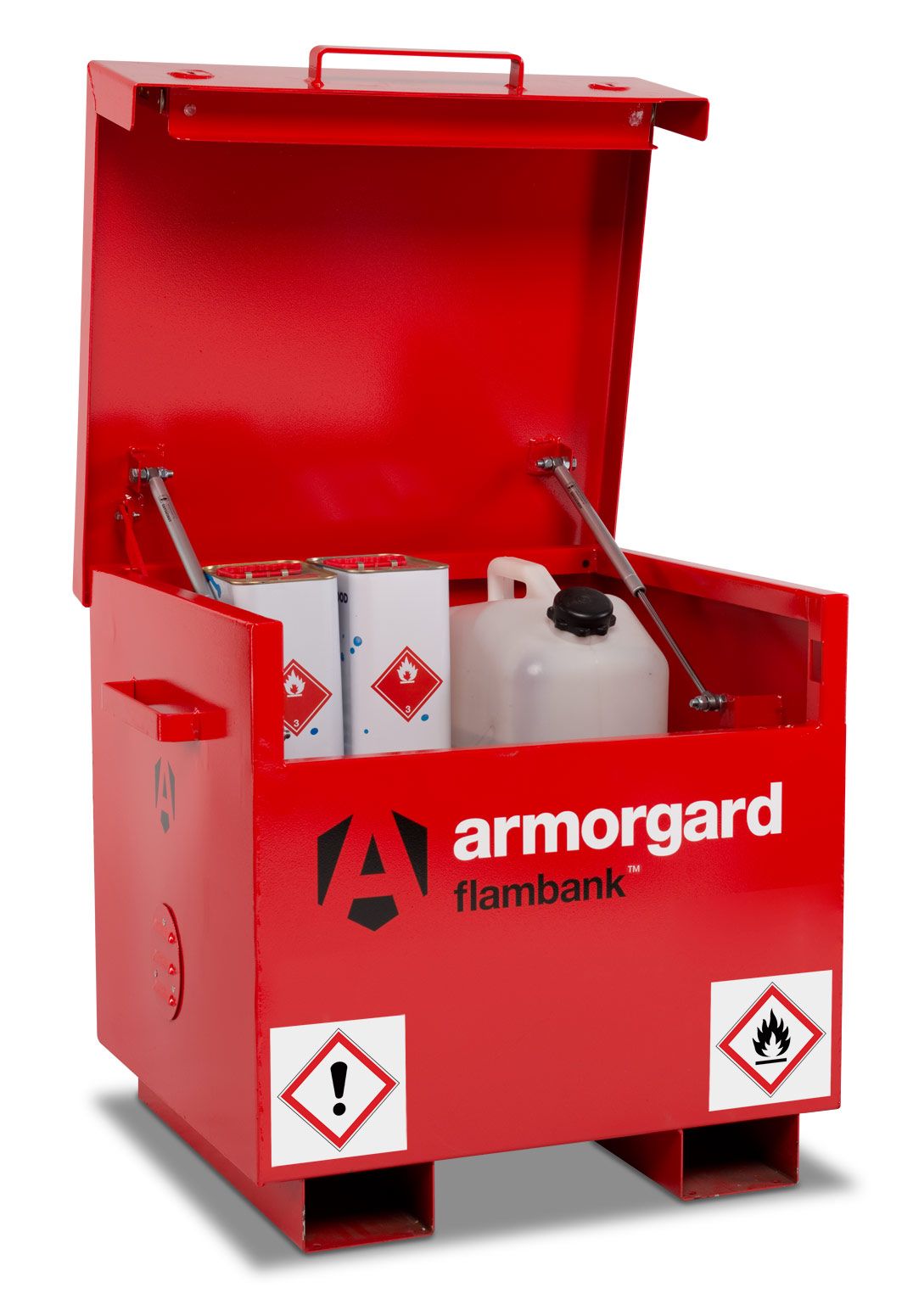What Does COSHH Stand For?
Content Summary
- COSHH stands for "Control of Substances Hazardous to Health."
- COSHH is a set of regulations in the United Kingdom aimed at protecting workers from hazardous substances.
- COSHH covers a wide range of substances, including chemicals, fumes, dust, vapours, and biological agents.
- The core of COSHH lies in risk management, which includes identifying hazards, assessing risks, implementing control measures, and monitoring their effectiveness.
- Employees also have a responsibility to follow guidelines and report any concerns about hazardous substances in the workplace.
COSHH stands for the Control of Substances Hazardous to Health (COSHH). It is a set of laws established to safeguard workers against ill health and harm when handling substances and materials that pose health hazards. These regulations have been in place since 2002, when they were introduced under the auspices of the Health and Safety Executive (HSE). To put the COSHH regulations into effect, a business must carry out a COSHH risk assessment, focusing on the dangers of common substances and risks of ill health posed by the specific substances they use in their work.
Ultimately, COSHH regulations delegate responsibility to the employer to safeguard their employees. However, these rules must be followed by all personnel in the workplace; the law states that any employee or employer that violates COSHH regulations is guilty of a crime - and faces an unlimited fine.
Below, the experts in COSHH and workplace safety at SafetyBuyer outline COSHH and detail all you need to know about the aspects of workplace safety to which it applies.
What does COSHH mean for a business?
Employers are required under COSHH to control exposure to substances that are harmful to their employees' health. You can avoid or minimise your workers' exposure to dangerous substances by:
- identifying any health risks associated with substances you commonly use
- considering ways to prevent harm to the health of workers through a risk assessment
- providing control measures to lessen the risk of harm to the body
- ensuring that such measures are used effectively
- monitoring the effectiveness of all control measures
- educating and training employees and others who are at risk from hazardous substances in your workplace
- providing monitoring and health surveillance when necessary
- making emergency plans to ensure employees know how to respond to a spill
The regulations require employers to assess the risks associated with exposure to hazardous substances or natural materials and take appropriate measures to prevent or control such exposure.
COSHH rules also cover hazardous waste materials and any hazardous substance that can result from work activities. The relevant laws will depend on the nature of your work, which is why it is important to carry out a risk assessment for every specific workplace.
Why is COSHH important?
The importance of COSHH lies in your responsibility to minimise workers' exposure to, and mitigate the risk posed by, hazardous substances. Exposure to hazardous substances can lead to a range of ill health, including lung disease, cancer, and skin disorders. By following the COSHH regulations, you can minimise this risk.
Employers have a legal duty to protect their employees from exposure to hazardous substances and failure to comply with COSHH regulations can lead not only to health problems for workers, but to legal action, fines, and even imprisonment.
What are 'hazardous substances'?
Hazardous substances can take numerous forms and are found in most workplaces. As such, it is vital that employers are aware of the hazardous substances that the COSHH regulations cover, in order to be able to both protect workers and all individuals on-site and remain COSHH-compliant. We will explain these below.
What do COSHH regulations govern?
The control of substances hazardous to health cover a number of potential hazards:
- Chemicals (and products that contain chemicals)
- Fumes
- Dust
- Vapours
- Mists
- Nanomaterials
- Gases and asphyxiating gases
- Biological agents (germs)
- Germs causing diseases such as Legionnaires’ disease and leptospirosis and germs from laboratories
A product is classified as a dangerous substance if the packaging contains any of the hazard symbols outlined and explained here.
What do COSHH regulations not cover?
There are three hazardous substances that COSHH does not cover, because workplace practices relating to these are governed by their own regulations:
- Lead - The Control of Lead at Work Regulations 2002 (CLAW) places responsibility on employers to prevent - or where not reasonably possible, to control - employee exposure to lead.
- Asbestos
- Radioactive substances
What is a COSHH assessment?
COSHH assessment is a crucial process that helps employers identify the health hazards and risks associated with the use of hazardous substances in the workplace. The assessment involves identifying and evaluating the risks in a particular workplace, and implementing appropriate control measures.
Control measures can include substituting substances for less hazardous alternatives, implementing engineering or administrative controls, and the provision of personal protective equipment (PPE) where suitable. The assessment should be reviewed and updated regularly to ensure that control measures are effective and up-to-date, and to make sure that the workplace meets the highest standards of health and safety.
How important is COSHH training?
COSHH training is essential for all employees who work with hazardous substances as part of their work activities. The training should cover the hazards associated with the specific substances used, the control measures in place, and the procedures to follow in case of an emergency.
Employees should also be trained on the use of PPE, including how to wear it, maintain it, and dispose of it safely. COSHH training should be provided to employees when they start working with hazardous substances and regularly thereafter.
A COSHH Example
To illustrate the requirements of COSHH in a specific workplace, we will provide an example of how the regulations might apply and an employer’s responsibility. Imagine you work in a small woodworking shop and you are exposed to wood dust daily.
COSHH would require your employer to assess the risks associated with wood dust exposure and implement appropriate control measures. These health hazard safety measures might include:
- Installing dust extraction systems
- Providing personal protective equipment (PPE), such as masks
- Training employees on safe working practices
By adhering to COSHH regulations, your employer can help safeguard your health and that of your coworkers.
If, as an employer in this situation, you are unsure which safety measures would be most suitable to implement, you can browse SafetyBuyer’s selection of COSHH-related products to see what is available and what could be the best option to mitigate risk to your employees.
FAQs
Is COSHH only applicable to the UK?
Yes, COSHH is specific to the United Kingdom. However, other countries have similar health regulations, such as OSHA in the United States.
What does COSHH stand for in terms of employee responsibilities?
Employees must follow all guidelines and safety procedures as set by their employers to reduce harm and minimise risks. They should also report any issues or concerns related to hazardous substances in the workplace to their employer.
How often should COSHH assessments be reviewed?
COSHH assessments should be reviewed regularly, but particularly at times when there's a significant change in the workplace, such as when you introduce new substances or processes. It's also a good idea to review assessments annually as a standard practice.
Are there any exemptions from COSHH regulations?
COSHH does not cover certain substances, such as asbestos and lead, which have their own specific regulations. Additionally, substances that pose a risk only to the environment and not to human health are not covered by COSHH.
Ensure your workplace is COSHH-compliant
SafetyBuyer is a UK leader in providing workplace safety products, helping businesses of all sizes, in all industries, become and remain COSHH-compliant. Visit our range of COSHH management and spill control solutions here.
 Over 12,000
Over 12,000  Simple no quibble
Simple no quibble  Prompt dispatch &
Prompt dispatch &  UK Mainland Delivery
UK Mainland Delivery 













